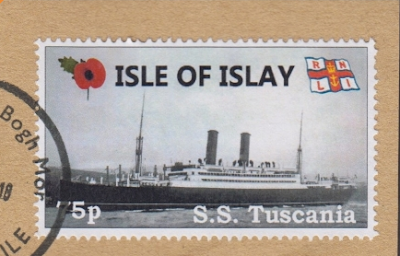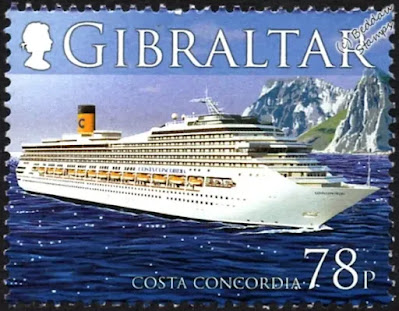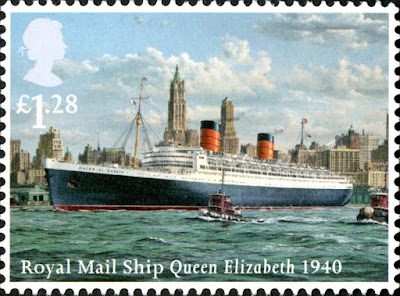On 27 December 1831, Charles Darwin set sail aboard the HMS Beagle on a voyage that would profoundly impact the scientific understanding of life on Earth. The expedition, led by Captain Robert FitzRoy, was intended to chart the coastlines of South America and collect geological, biological, and hydrographical data. At just 22 years old, Darwin joined the crew as a naturalist, tasked with studying the natural history of the regions visited.
Over the nearly five-year journey, the Beagle visited locations such as the Canary Islands, Cape Verde, Brazil, Argentina, Chile, and the Galápagos Islands, among others. Darwin meticulously recorded his observations of the diverse flora, fauna, and geological formations. His time in the Galápagos Islands proved especially significant, as he noted variations in species, such as finches and tortoises, across different islands. These observations laid the groundwork for his theory of evolution by natural selection.
The voyage also exposed Darwin to the effects of natural forces such as earthquakes and volcanic activity, reinforcing his interest in geology. The extensive specimens and notes he collected became the foundation for his later work, including his seminal book On the Origin of Species (1859), which revolutionized biology and challenged contemporary views on creation. The Beagle journey remains one of the most famous scientific expeditions in history, demonstrating the profound impact of exploration and observation on scientific discovery.































